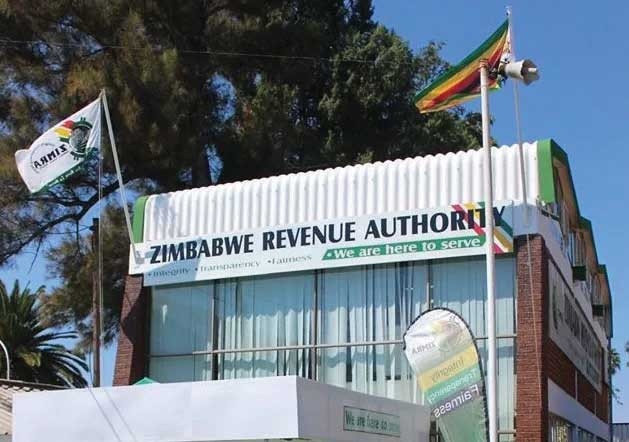
LOCAL businesses have expressed concern about the new tax and revenue management system (TaRMs) being used by the Zimbabwe Revenue Authority (Zimra), which they say is too complex and difficult to set up.
TaRMS, which is the new system for automating domestic taxes processes, replaced SAP TRM. It went into effect beginning January 2024.
Company executives told Standardbusiness that the new system was complicated and slowed down business.
“We are having so many challenges with the TaRMs system and it is slowing down business.
“The system has so many glitches, not to mention the standard invoicing template which Zimra needs,” one of the executives said.
“Our guys are failing to standardise each invoice according to what Zimra wants and it’s becoming a problem for us to operate without it being approved.
“Zimra told some of our suppliers not to do business with us without the standard Vat[value-added tax] invoice.
“We have been stuck in the same circle for months now without the standard Vat invoice. We have approached them several times but nothing much has come out of it.”
- Zimra seizes CCC campaign vehicle
- Firearms smuggling suspect weeps in court
- Eyebrows raised over Zimra tender
- Zimra clearing agent in US$437K fraud
Keep Reading
The executives believed Zimra rushed in its decision to push for the implementation of the new system as the taxman did not test it properly.
The law requires the typical invoice to include the taxpayer identification number (TIN) and Vat number generated from TaRMS for both purchasers and sellers, verified using QR codes from Fiscalisation Data Management Systems (FDMS).
Apart from FDMS, the TIN and Vat number produced from TaRMs also needs to be verified from all transactions and tax totals from rounded to two decimal places.
The new TaRMS system means that transaction data from the old systems will be migrated at the end of this month and the old systems will be shut down for all transactions.
The submission of tax returns and refund claims will only be done through TaRMS via the self-service portal.
Zimra’s corporate affairs executive Gladman Njanji said the organisation had been doing quarterly surveys for the new system and all the solutions were being implemented.
“Client satisfaction surveys are done every quarter,” Njanji said.
“Independent suppliers are engaged to survey on behalf of Zimra.
“The main objective of the study is to assess taxpayers’ perception of Zimra’s quality of service delivery and whether their service expectations were being met.
“The results of the surveys are actioned and feedback categorised and solutions are given from short, medium to long term.
“The major issue has to do with system functionality responding to user requirements and this is being addressed.”
He noted that the invoicing system was necessary for Zimra to capture all the data it required from companies.
“Fiscalisation Data Management System is a fiscalisation back-end solution, which is designed to manage invoicing by Vat registered operators and has a standard invoicing template, which captures all the required data for Zimra needs,” Njanji said.
“The standard invoicing template was shared with all approved fiscal device suppliers for us in the fiscal device’s configuration process.”
He also noted the benefits of using the TaRMS system for local businesses, which include registration and deregistration of companies.
“TaRMS has 13 modules, nine of which have been deployed and are in use in TaRMS.
“Some of the major benefits of TaRMS that clients are currently experiencing include simplified registration and de-registration processes,” Njanji said.
“The integration with the Civil Registry and Registrar of Companies eliminated the requirement for attachment of manual documents that required Zimra officials to verify.”
He said the system shortens the taxpayer’s registration processes the system available daily.
“It shortened the taxpayer registration process, TIN registration automated, and eliminated manual registration forms,” Njanji added.
“Taxpayers can update their master data through the Self-service portal without the requirement for human intervention (only on editable fields).
“The system is available 24/7 with no need to wake up at 1am to apply for registration or to submit tax returns.”







